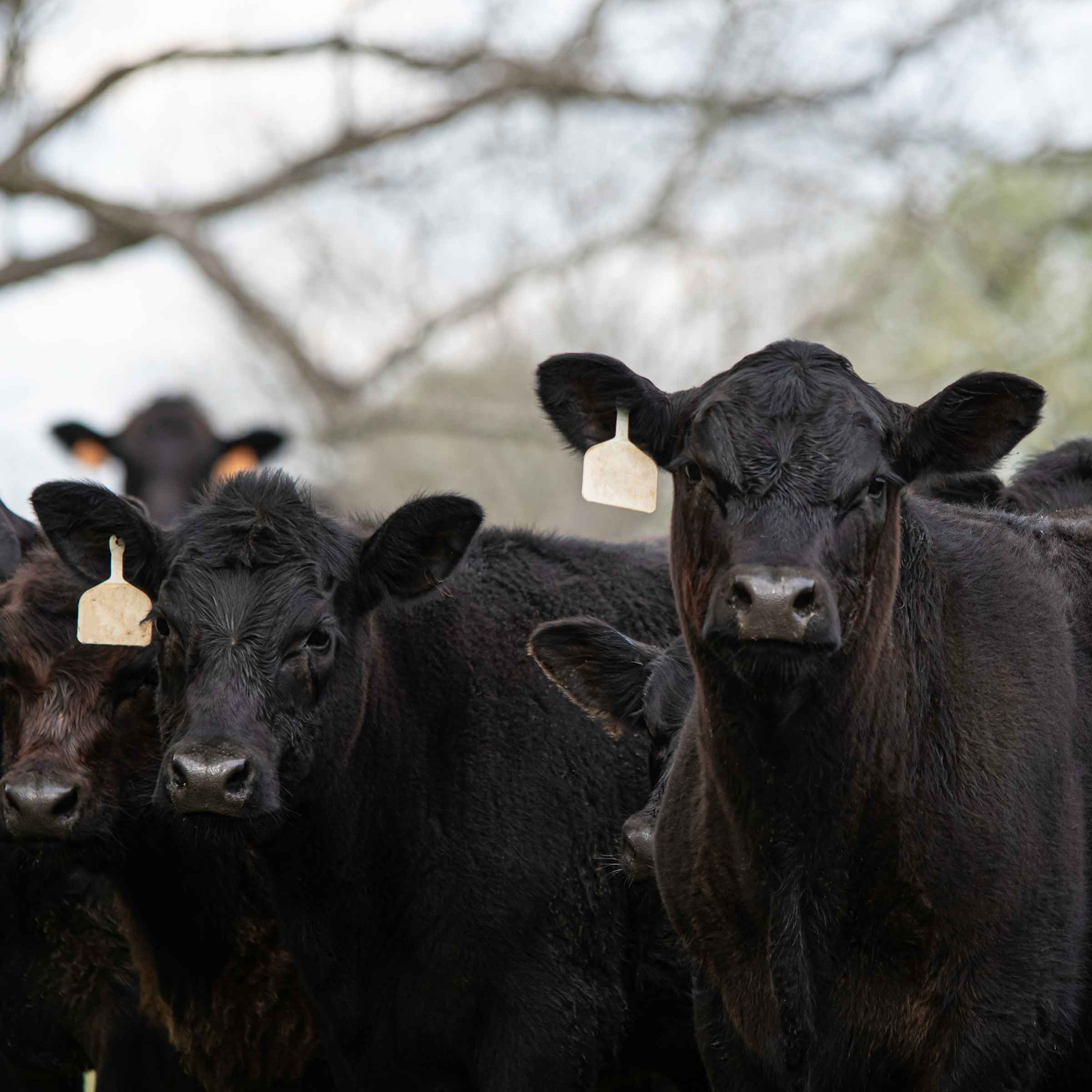News
For the future of pet care genomics, look to livestock.
It’s a boom time for pet care genomics companies.
Analysts predict today’s pet genomics market will be one of the fastest growing sectors within pet care, growing at a 9.2% CAGR over the next 6 years. Investors are bullish because the technology is improving. At Bader Rutter, we’re bullish because we’ve seen this trend before in the livestock industry.
And that’s why pet care genetics companies that run predictably adorable puppy-and-kitty consumer marketing are wasting time building yesterday’s market. Their audiences may love the ads, but those ads are not building the future business.
This sector’s real potential lies in shifting the product positioning. Pet care genomics’ current application for breed ID is “neat to know”; but the technology’s true benefit lies in “need to know.” Knowing Fifi is part terrier is far less important than knowing she might be susceptible to neurologic disease.

Using genomics to predict health issues and empower intervention has long been the winning application for livestock. We’ve witnessed and driven that firsthand after spending the past decade promoting livestock genetics for market leaders such as Zoetis and Tyson.
Livestock is all about production and thousands of genes influence every relevant production trait. Thanks to a massive hereditary dataset, livestock genomic companies can predict a broad range of production outcomes.
Until now, pet care genomics have historically focused on relatively rare single-point mutations, but with the new sequencing technology, we can assess thousands of genetic variations that influence a wide array of pet health issues.
Focusing on animal health and wellness is exactly where pet genomics marketing must evolve. Pet owners are incredibly invested in their animals’ well-being and will leap at the opportunity to apply genomics-based data to inform decision-making. With insight into a wide range of markers, owners and their pet care teams will be able to intervene and improve outcomes.
Think of it this way: Anyone lucky enough to live with a goofily charming golden retriever would be extremely motivated to learn whether their pet was more likely to get liver cancer. After all, hemangiosarcoma kills one in five goldens, often by the young age of 6. A simple saliva swab can empower pet parents to explore preventive diet, supplementation and other therapeutic veterinary care.
Currently, the future pet care genomics leader is up for grabs. We believe it will be the first company that seizes today’s opportunity to redefine its product as decision-making technology for health and wellness. When it comes to the well-being of their pets, owners want action and intervention.
Which is why the pet genomic sector’s messaging and marketing must advance beyond “aww” to evoke deeper, more primal instincts like care, protection and guardianship. Committing to this shift in messaging now will enable forward-thinking companies to become the recognized leader in this sector.
Pet care genomics companies must embrace a health and wellness positioning to bring the benefit of informed decision-making to their customers. As a pet owner, that’s a marketing message with unrivaled emotional power.
No matter how adorable those kittens and puppies may be.
About the Author
Blair McConnel brings extensive experience to the Bader Rutter Pet Care practice. She is a veterinarian who worked in the industry for 10 years and led Zoetis’ marketing team. She has led several startups, including two businesses that provided people management and business consulting services to veterinarians. Her passion is growing businesses, and her belief is that good strategy is the foundation to growth.

